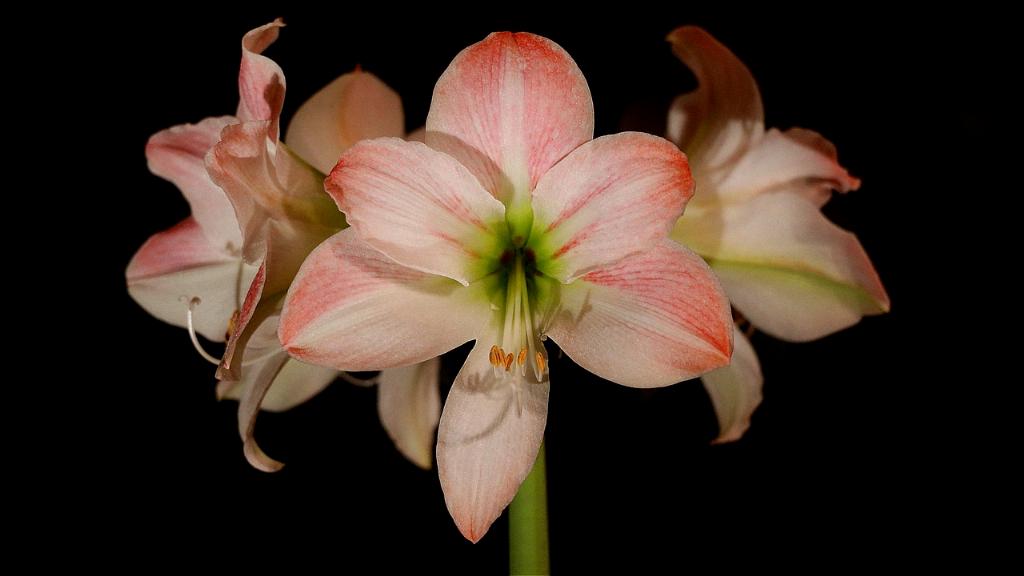When it comes to growing an Amaryllis bulb, the process is relatively straightforward and rewarding. To begin, start by selecting a healthy bulb that is firm and plump. The next step is to choose a suitable pot that has drainage holes at the bottom to prevent waterlogging. It’s crucial to use good quality potting soil that is well-draining but also retains moisture.
Once you have your bulb and pot ready, plant the Amaryllis bulb with about one-third of it above the soil line. Position the bulb in the center of the pot, gently pressing it into the soil to provide stability. After planting, water the bulb thoroughly but be cautious not to overwater, as this can lead to rot.
Light is essential for the growth of Amaryllis bulbs. Place the potted bulb in a location that receives bright, indirect light. A sunny window sill or a spot with filtered sunlight is ideal. Adequate light will help the bulb develop strong and healthy blooms.
Regular watering is key to the success of your Amaryllis bulb. Keep the soil consistently moist but not waterlogged. Allow the top inch of the soil to dry out slightly between waterings. It’s important to strike a balance, as too much or too little water can adversely affect the bulb’s growth.
Supporting the Amaryllis blooms is essential to prevent them from drooping or breaking. Use a support stake to gently prop up the stems as the flowers begin to bloom. This will ensure that your Amaryllis displays its vibrant blossoms proudly.
Temperature plays a crucial role in the growth of Amaryllis bulbs. Maintain a consistent temperature of around 65-75 degrees Fahrenheit (18-24 degrees Celsius) for optimal growth. Avoid placing the plant in drafty areas or near heat sources, as extreme temperatures can stress the bulb.
Fertilizing your Amaryllis bulb can enhance its growth and blooming potential. Use a balanced, water-soluble fertilizer diluted to half strength every two to three weeks during the growing season. This will provide the bulb with essential nutrients for healthy development.
As your Amaryllis bulb grows, you may notice the emergence of flower buds. With proper care and attention, most varieties will start blooming six to eight weeks after planting. Some varieties may take up to ten weeks to bloom, so be patient and enjoy the anticipation of seeing the vibrant flowers.
Deadheading spent blooms can encourage the Amaryllis bulb to channel its energy into producing new flowers. Simply remove fading flowers by snipping them off at the base of the stem. This will promote continuous blooming and prolong the display of colorful blossoms.
After the blooming period, allow the Amaryllis plant to rest and recharge. Reduce watering and stop fertilizing to allow the plant to go through a dormant period. Place the plant in a cool, dark location for a few weeks to promote dormancy before resuming care.
Repotting the Amaryllis bulb is recommended every few years to refresh the soil, provide more growing space, and promote healthy growth. When repotting, choose a slightly larger pot and fresh potting soil. Gently lift the bulb from its current pot, trim any dead roots, and replant in the new pot.
In conclusion, growing an Amaryllis bulb is a delightful experience that rewards patience and care. By following these steps and providing the necessary conditions, you can enjoy the beauty of vibrant blooms and lush foliage. With proper nurturing, your Amaryllis bulb will thrive and bring joy year after year.

